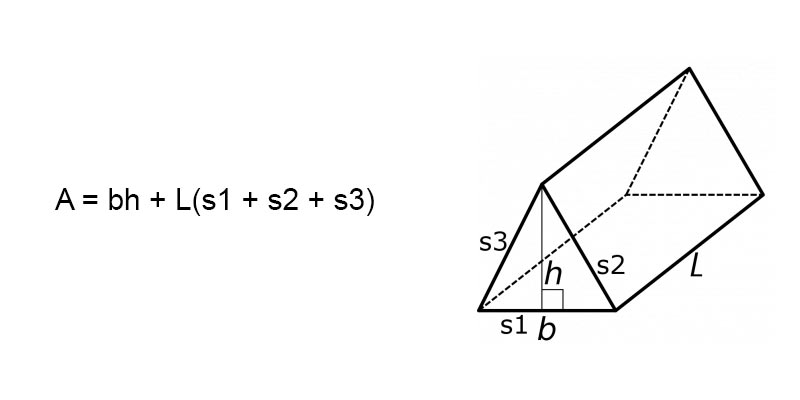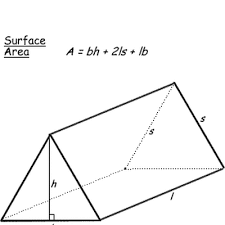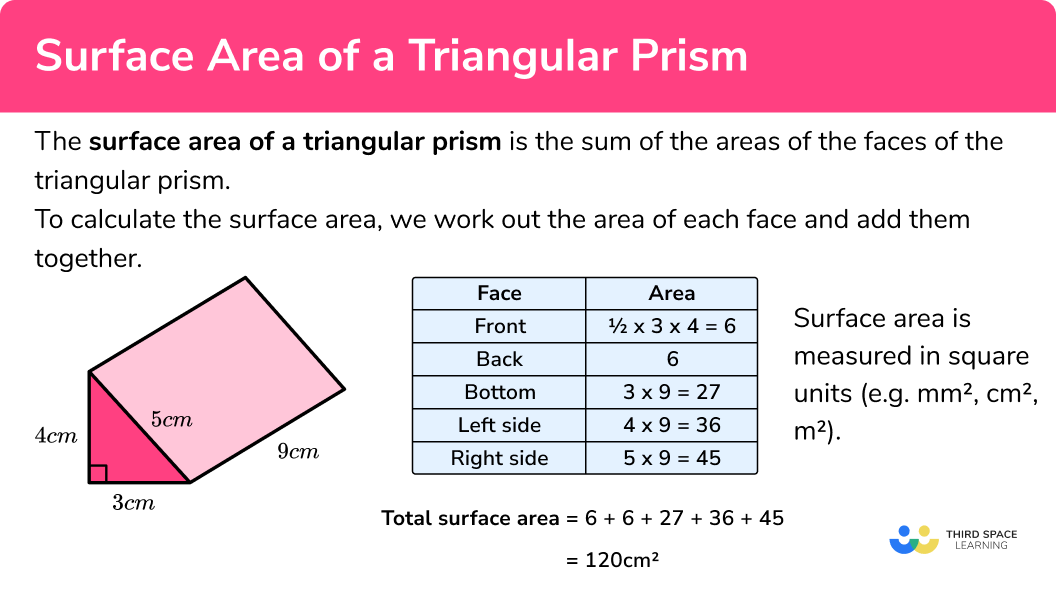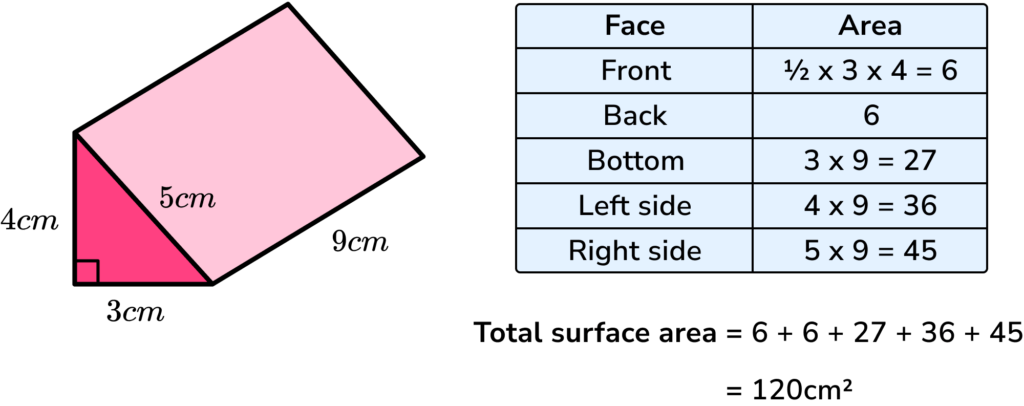Build A Tips About How To Find Out The Surface Area Of A Triangular Prism

There is a single formula you can use to calculate the surface area of a triangular prism:
How to find out the surface area of a triangular prism. The surface area of a triangular prism is given by {eq}a = bh + (b_1 + b_2 + b_3)l \text{ units}^2 {/eq} where {eq}b {/eq} is the base of a triangular face, {eq. The surface area of a triangular prism formula is the same as the formula for finding the surface area of any prism: The measurements on the triangular prism are in cm therefore.
Need help with finding the surface area of a triangular prism? Surface area of a triangular prism: Sa = bh + (s1 + s2 + s3)h, in the above formula, b = the base and h = the height of the.
The three lateral faces (rectangles) and two bases (triangles). 3 of the faces are rectangular faces and 2 of the faces are. The volume of a triangular prism is half of the volume of a rectangular prism.
The most general formula for the. The area of a triangle is given by the formula {eq}a = \dfrac {1} {2}bh {/eq} where. The surface area of a prism is given as s = (2 ×.
One way to find the surface area is to create a net and finding the area of the net. The area of base\ (=\frac {1} {2}\times 3\times 4\) [formula for area of a triangle] area of lateral faces = 3 × 6 + 5 × 6 + 4 × 6 [use formula for area of rectangle] surface area of prism = area of. Surface area of a prism = the sum of the areas of its faces
The volume of a prism is given by the area of its base multiplied by its height (the distance between its bases). The total surface area of a triangular prism is equal to the sum of. It explains how to derive the formulas in addition to provide examples and practice problems for you to work on.


















